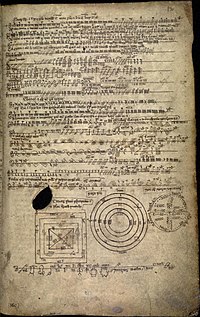| Early Modern Irish | |
|---|---|
| Early Modern Gaelic | |
| Gaoidhealg | |
 | |
| Native to | Scotland, Ireland |
| Era | c. 1200 to c. 1600 |
Indo-European
| |
Early forms | |
Standard forms | |
| Latin | |
| Language codes | |
| ISO 639-3 | ghc |
ghc.html | |
| Glottolog | hibe1235 |
Early Modern Irish (Irish: Gaeilge Chlasaiceach, lit. 'Classical Irish') represented a transition between Middle Irish and Modern Irish.[1] Its literary form, Classical Gaelic, was used in Ireland and Scotland from the 13th to the 18th century.[2][3]
- ^ Bergin, Osborn (1930). "Language". Stories from Keating's History of Ireland (3rd ed.). Dublin: Royal Irish Academy.
- ^ Mac Eoin, Gearóid (1993). "Irish". In Ball, Martin J. (ed.). The Celtic Languages. London: Routledge. pp. 101–44. ISBN 978-0-415-01035-1.
- ^ McManus, Damian (1994). "An Nua-Ghaeilge Chlasaiceach". In K. McCone; D. McManus; C. Ó Háinle; N. Williams; L. Breatnach (eds.). Stair na Gaeilge: in ómós do Pádraig Ó Fiannachta (in Irish). Maynooth: Department of Old Irish, St. Patrick's College. pp. 335–445. ISBN 978-0-901519-90-0.
